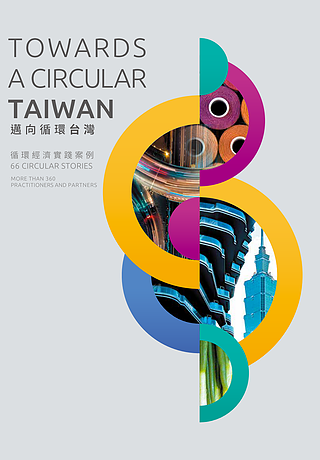What would it be like to live in a circular economy world?
The burden and limitations generated by a linear economy has revealed that a linear economy cannot meet mankind’s demand for sustainable development. A lifestyle free from resource limitation can only be born when human needs can be satisfied with circular, renewable resources. While this is the challenge facing corporations, it is also an opportunity for businesses to transform and create new competitive advantages. Businesses will need talents and cross-sector collaboration to meet the challenge. They will also need to use the circular economy mindset to create infinite circular values with finite resources and a circular lifestyle together with consumers.
The most brilliant or thoroughly planned circular economy case studies were hand-picked for this book, and the responsible enterprises were invited to share their journeys and end results in either Chinese or English so that readers around the world may learn of circular economy’s progress in Taiwan. The most important principles and approaches of circular economy were also categorized in a simplified, systemic manner in the hopes of reaching a consensus among enterprises, government, and key stakeholders, so that there is a common goal towards which we can all work.
Highlights of the Book:
Circular Living
Cases from the four areas of “Agro-food and Biomass”, “Textile and Plastics”, “Housing and Mobility”, and “Technology and Chemistry” demonstrate that the circular economy is not something in the distant future, but that it is already being practiced.
Systemic Framework
With “Circular Economy Transition Roadmap for Enterprises” as the main focus of the book, the why, what, and how for a transition to a circular economy are explained. Together with various flow charts, each illustration helps readers to understand the current status, trends, and opportunities in circular economy. All cases are accompanied by the “what” and “how” elements of the Roadmap for further clarification.
Project-Based Cases
The cases introduced are “project-based”. The collaborative practitioners and partners involved are listed in details to manifest the “spirit of collaboration” in circular economy.
